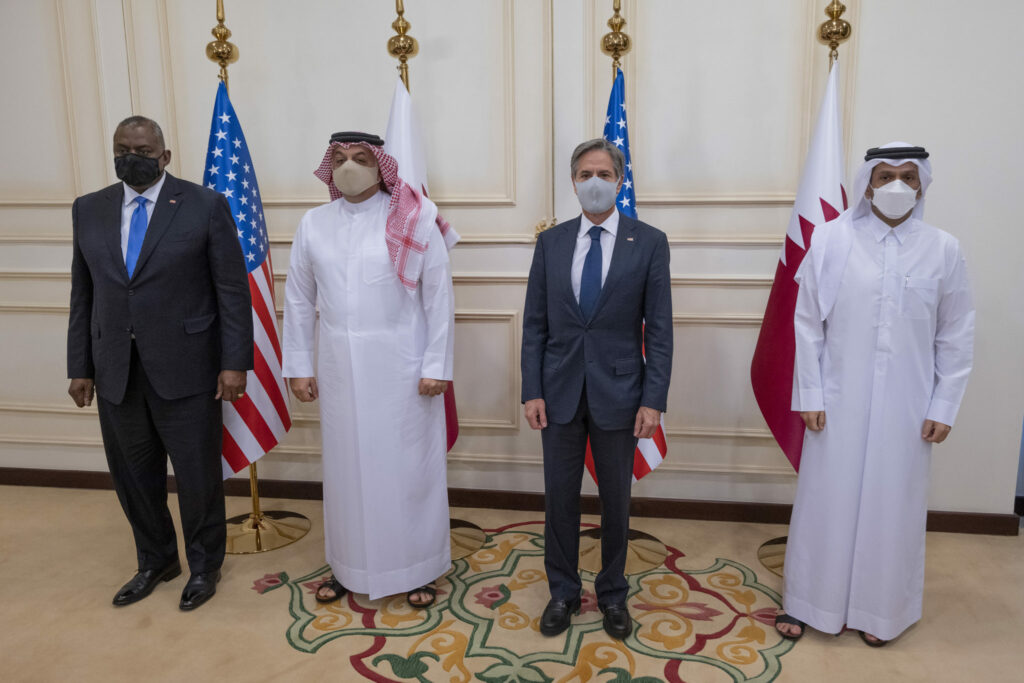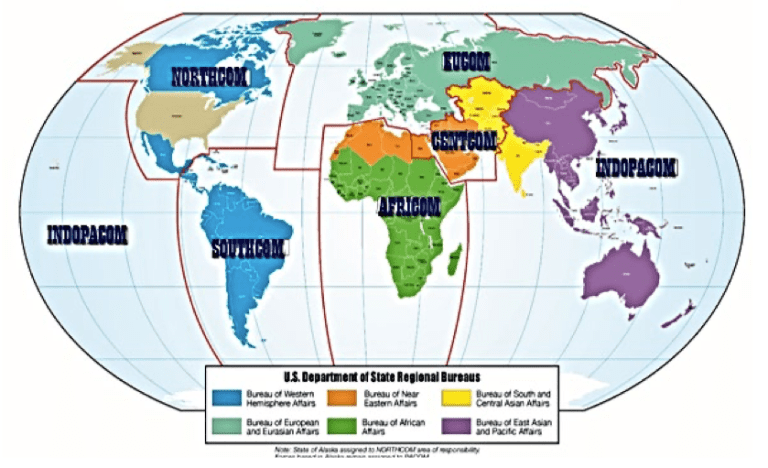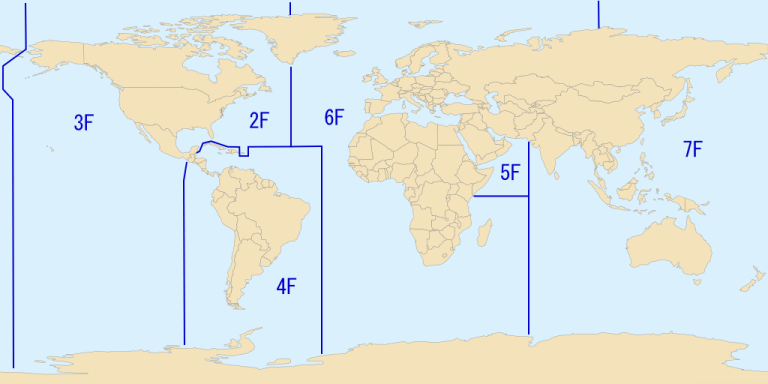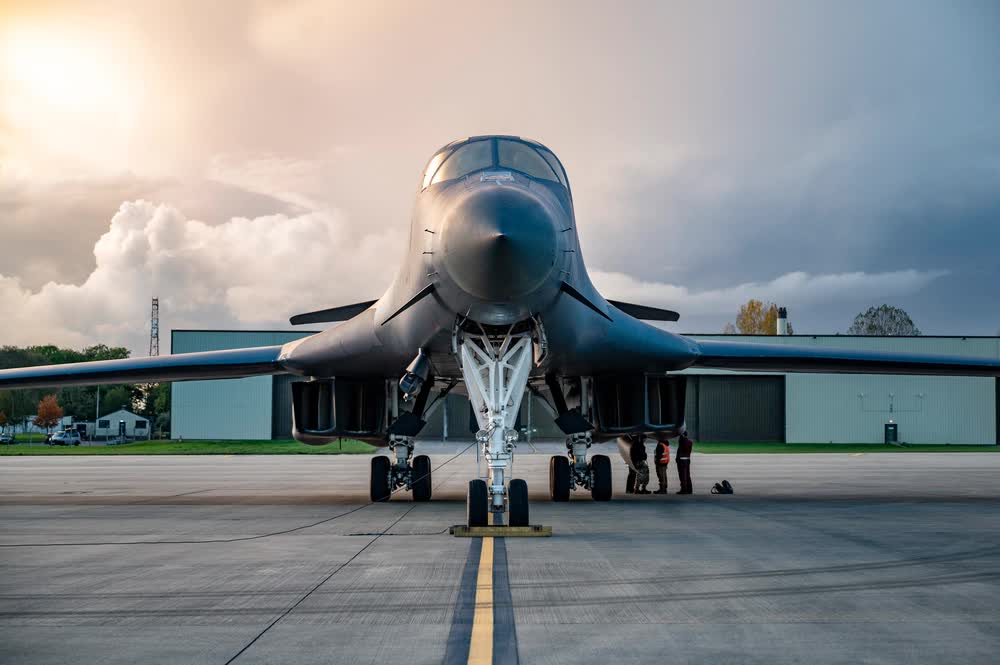This article by Michael D. Purzycki was originally published by Divergent Options.
Michael D. Purzycki is an analyst, writer, and editor based in Arlington, Virginia. He has worked for the United States Marine Corps, the Department of the Navy, and the United States Army. In addition to Divergent Options, he has been published in Charged Affairs, Merion West, the Center for International Maritime Security, the Washington Monthly, Braver Angels, France 24, the Truman National Security Project, and Arc Digital. He can be found on Twitter at @MDPurzycki, and on Medium at https://mdpurzycki.medium.com/. Divergent Options’ content does not contain information of an official nature nor does the content represent the official position of any government, any organization, or any group.
Title: Assessing the Alignment of U.S. Diplomatic and Military Power to Forestall Armed Conflict
Date Originally Written: August 12, 2021.
Date Originally Published: September 20, 2021.
Author and / or Article Point of View: The author believes an expansion of the Department of State’s Foreign Service, and closer alignment of the efforts of the Departments of State and Defense, can help the United States forestall international conflicts before they turn violent, and give the U.S. military time to modernize and prepare for future conflicts.
Summary: Regardless of whether the U.S. maintains its military edge, unless it invests in other forms of national power, armed conflict is very likely. Without closer alignment between the Department of State and Department of Defense, on a long enough timeline, unnecessary wars will occur.
Text: The United States has the world’s most powerful military. The U.S. military’s budget ($778 billion in 2020, compared to $252 billion for second-largest-spender China)[1], its global reach, and the skills of its personnel[2], are unmatched. Twenty-first century conflict, however, will not always require conventional military strength to win. While there are steps the U.S. military can take to prepare, civilian power can help forestall conflict in the meantime.
The Foreign Service includes approximately 8,000 Foreign Service Officers (FSOs)[3]. Past FSOs have included some of America’s most renowned diplomats. Perhaps most famously, George Kennan, stationed in the U.S. embassy in Moscow, was one of the first observers to comprehensively analyze the Soviet threat to post-World War II peace. His 1946 “Long Telegram[4]” and 1947 “X-Article[5]” were key in forming the basis for the U.S. policy of containment throughout the Cold War.
Later FSOs perceptively analyzed the weaknesses of U.S. foreign policy. Richard Holbrooke, who would later negotiate the Dayton Accords ending the Bosnian War, began his diplomatic career as an FSO in South Vietnam, where he was skeptical that U.S. support could save the regime in Saigon[6]. In 1971, when Pakistani forces began to commit genocide during the Bangladesh War of Independence[7], FSO Archer Blood warned Washington of the massacres the American-supported Pakistani military was carrying out[8].
A large increase in the number of FSOs could give the U.S. many more diplomatic eyes and ears in potential conflict zones. More FSOs could increase the chance of the U.S. brokering peace deals between warring parties, or of better judging early on whether a conflict is one the U.S. military should stay out of. Early involvement by diplomats could preempt later involvement by troops.
Even with a much larger Foreign Service, there is still a chance the U.S. will be drawn into conflict. The foreign policy goals of Russia and China, powers not content to live in a U.S.-dominated international system, may overwhelm attempts to keep the peace. Nonetheless, an investment in diplomatic power, in building relationships with other countries’ leaders and policymakers, could pay off in the form of wars avoided.
Closer collaboration between the diplomatic and military arms of U.S. power would also have benefits. Even if the U.S. chooses to have a less militarized foreign policy, reducing the military’s absolute strength need not be the solution. Ensuring that diplomats and military commanders work closely together, and making clear that U.S. policymakers do not inherently favor one over the other, could increase the relative strength of civilian power without weakening the military.
Both the Department of State (DoS) and the Department of Defense (DoD) divide the world into six regions (see first map below) for their operations[9]. DoS activities in each region are directed by an assistant secretary, while each DOD regional combatant command is headed by a four-star general or admiral. Additionally, the world’s oceans are divided among the U.S. Navy’s numbered fleets, some of whose boundaries correspond to those of the combatant commands (see second map below)[10]. However, DoS and DoD regions are not always aligned with each other. Aligning them, by shifting countries between regions, could better integrate civilian and military power.
For example, of the countries in DoS’ Bureau of South and Central Asian Affairs (SCAA), those with coastlines are in DoD’s U.S. Indo-Pacific Command (USINDOPACOM) and the U.S. Navy’s 7th Fleet – except for Pakistan in U.S. Central Command (USCENTCOM), whose coast is under the 5th Fleet. Meanwhile, the Navy has discussed bringing back its deactivated 1st Fleet and giving it responsibility for part of the Indian Ocean[11].
Suppose 1st Fleet were established under the aegis of USINDOPACOM (as 7th Fleet currently is), and were to align with the coasts of the SCAA countries. Pakistan could move from USCENTCOM to USINDOPACOM, and from the 5th to the 1st Fleet. When DoS officials needed to work closely with DoD officials with regard to, for example, India and Pakistan — two nuclear-armed states with a rivalry dating back to their creation in 1947 — there would be one combatant commander and one Navy flag officer for them to communicate with, not two of each.
Similarly, Algeria, Libya, Morocco, and Tunisia could be moved from U.S. Africa Command (USAFRICOM) to USCENTCOM, which already includes Egypt. This would align the DoS and DoD maps of North Africa as all five North African countries are currently in DoS’ Bureau of Near Eastern Affairs. Egypt, a long-time ally of the U.S. and a recipient of more than $1 billion in U.S. military aid annually[12], has taken sides in such events as the recent civil war in Libya[13] and domestic political turmoil in Tunisia[14]. If the U.S. wanted to leverage its relationship with Egypt to resolve conflicts in North Africa, it could benefit from such overlap between DoS and DoD.
Changes like these will be limited in what they can accomplish. For example, if part of the Indian Ocean is allocated to 1st Fleet, the southern boundary of the fleet’s waters will still have to be drawn. Furthermore, USINDOPACOM is already geographically large, and already includes three of the world’s four most populous countries: China, India, and Indonesia[15]. Adding Pakistan, the fifth most populous country [16], could stretch its burdens beyond the ability of its officers to manage them. Nevertheless, if this or similar changes increase collaboration between DoS and DoD, enabling the U.S. to better manage crises and avoid deployments of U.S. forces to conflict zones, they are worthy of consideration.
With the American public weary of extended overseas military deployments, and U.S. President Joseph Biden seeking to maintain America’s global power status without straining financial and military resources, a larger Foreign Service and a DoS in sync with DoD are worth discussing.
Endnotes:
[1] Statista. “Countries with the highest military spending worldwide in 2020.” https://www.statista.com/statistics/262742/countries-with-the-highest-military-spending/
[2] Greer, Col. Jim, U.S. Army (Ret.). “Training: The Foundation for Success in Combat.” Heritage Foundation, October 4, 2018. https://www.heritage.org/military-strength-topical-essays/2019-essays/training-the-foundation-success-combat
[3] Nutter, Julie. “The Foreign Service by the Numbers.” Foreign Service Journal, January/February 2020. https://afsa.org/foreign-service-numbers
[4] Wilson Center. “George Kennan’s ‘Long Telegram.’” February 22, 1946. https://digitalarchive.wilsoncenter.org/document/116178.pdf
[5] Office of the Historian, U.S. Department of State. “Kennan and Containment, 1947.” https://history.state.gov/milestones/1945-1952/kennan
[6] Isaacson, Walter. “Richard Holbrooke, the Last Great Freewheeling Diplomat.” New York Times, May 9, 2019. https://www.nytimes.com/2019/05/09/books/review/george-packer-our-man-richard-holbrooke-biography.html
[7] Boissoneault, Lorraine. “The Genocide the U.S. Can’t Remember, But Bangladesh Can’t Forget.” Smithsonian Magazine, December 16, 2016. https://www.smithsonianmag.com/history/genocide-us-cant-remember-bangladesh-cant-forget-180961490/
[8] Barry, Ellen. “To U.S. in ’70s, a Dissenting Diplomat. To Bangladesh, ‘a True Friend.’” New York Times, June 27, 2016. https://www.nytimes.com/2016/06/28/world/asia/bangladesh-archer-blood-cable.html
[9] “Joint Guide for Interagency Doctrine.” Joint Chiefs of Staff, November 4, 2019. https://www.jcs.mil/Portals/36/Documents/Doctrine/Interorganizational_Documents/jg_ia.pdf?ver=2020-02-03-151039-500
[10] “USN Fleets (2009).” Wikimedia Commons. https://commons.wikimedia.org/wiki/File:USN_Fleets_(2009).png
[11] Eckstein, Megan. “SECNAV Braithwaite Calls for New U.S. 1st Fleet Near Indian, Pacific Oceans.” USNI News, November 17, 2020. https://news.usni.org/2020/11/17/secnav-braithwaite-calls-for-new-u-s-1st-fleet-near-indian-pacific-oceans
[12] Project on Middle East Democracy. “Fact Sheet – U.S. Military Assistance to Egypt: Separating Fact from Fiction.” July 2020. https://pomed.org/fact-sheet-u-s-military-assistance-to-egypt-separating-fact-from-fiction/
[13] Harchaoui, Jalel. “The Pendulum: How Russia Sways Its Way to More Influence in Libya.” War on the Rocks, January 7, 2021. https://warontherocks.com/2021/01/the-pendulum-how-russia-sways-its-way-to-more-influence-in-libya/
[14] Saied, Mohamed. “Cairo backs Tunisian president’s actions against Brotherhood.” Al-Monitor, August 10, 2021. https://www.al-monitor.com/originals/2021/08/cairo-backs-tunisian-presidents-actions-against-brotherhood
[15] “Population, total.” World Bank. https://data.worldbank.org/indicator/SP.POP.TOTL?most_recent_value_desc=true
[16] Ibid
Read more from Sandboxx News:
- US Special Operators flex their diplomatic muscle in Maldives
- What is the South China Sea and why is the US Navy challenging China there?
- Former SEAL and CIA officer on what comes next for US, post-Afghanistan
- Chinese espionage: How Beijing is stealing away US global supremacy
- A new Cold War with China may be brewing
Feature image: Chad J. McNeeley, DoD





